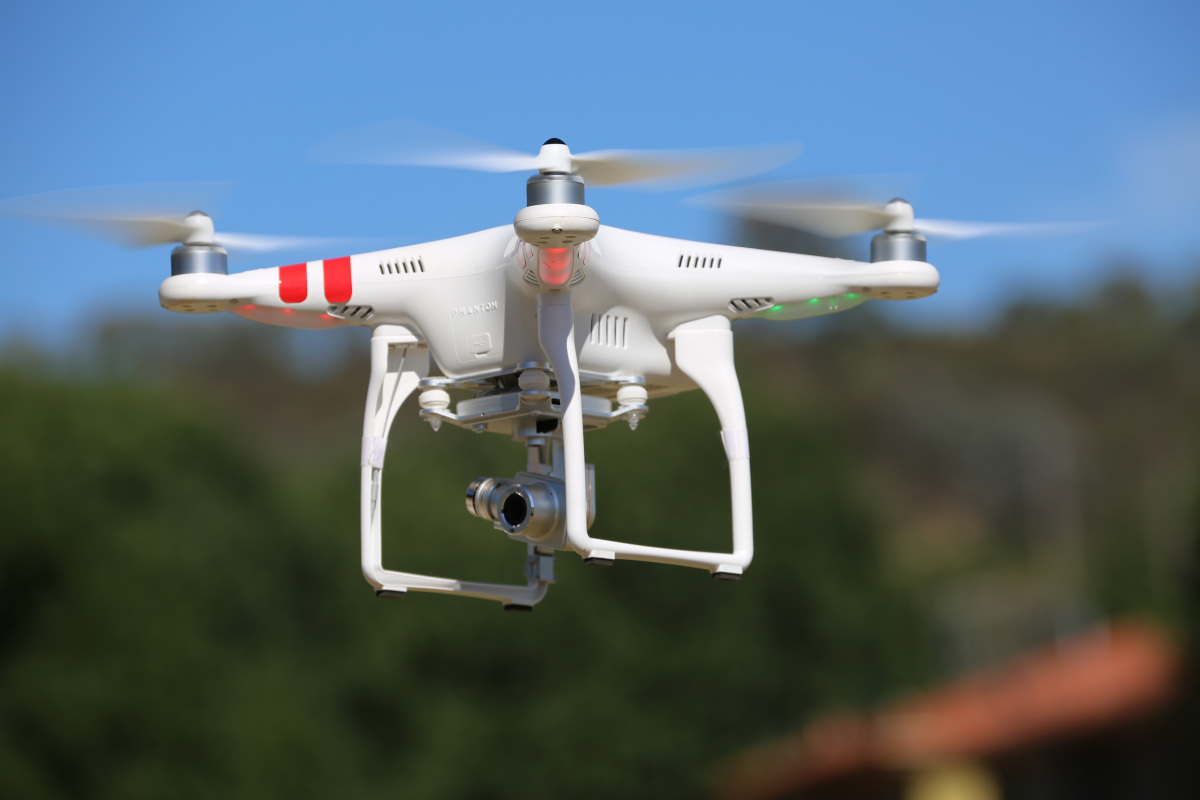The number of licensed drone pilots in Australia has hit a new milestone thanks to robust growth and innovation in the emerging remotely piloted aircraft sector.

The Civil Aviation Safety Authority (CASA) has now issued more than 40,000 remote pilot licences (RePLs), a figure that has more than doubled since the start of the decade.
There were about 16,500 remote pilot licences in mid-2020 after a surge in growth that had seen the number grow from less than 3,300 licences four years earlier.
In recent years, remote pilots have overtaken CASA-licensed fixed-wing aircraft, helicopter and other pilots to become Australia's biggest pilot group.
Growth in drone registrations has also been healthy, with an 18 per cent year-on-year increase between 2023-24 and 2024-25.
Australia was among one of the first jurisdictions to introduce rules allowing commercial drone operations and CASA CEO and Director of Aviation Safety Pip Spence said the authority remained committed to keeping Australia at the forefront of emerging technologies.
Ms Spence said the growth in licensed remote pilots underscored the industry's health as it uncovered new and innovative uses for drones.
'From helping archaeologists unlock the secrets of the past, to enhancing safety in underground mines, detecting sharks, delivering medicine and remotely inspecting crops for pests and soil degradation, today's drones are going where no RPA has gone before,' Ms Spence said.
'Drones are now a key part of the toolkit available to police and emergency services as they strive to keep us safe and respond to natural disasters, including Cyclone Alfred and other recent events.
'As we approach the challenge of integrating these operations into Australia's airspace and regulatory framework, our goal is to keep up with the sector's growth without compromising safety.'
Information about becoming a licensed drone pilot can be found on our website.
CASA is looking at an array of policies and initiatives relating to remotely piloted aircraft systems (RPAS) and advanced air mobility (AAM) aircraft and last year updated its RPAS and AAM Strategic Regulatory Roadmap. The roadmap explains our plan for regulating RPAS and AAM over the next 10 to 15 years.
Media contact
-
Aircraft
-
Aircraft registration
- Change, transfer or cancel aircraft registration
- Data files for registered aircraft
- Ferry flight registrations
- Find a registered aircraft
- Guidance for deceased estates
- Irrevocable deregistration and export request authorisation (IDERA)
- Register your aircraft
- Registered aircraft operators
- Registration marks
- Request a copy of your registration certificate
- Airworthiness
- Certification
- Design and manufacturing
- Sport aviation
-
Aircraft registration
- Drones
-
Licences and certificates
- Pilots
- Radio operators
- Air traffic controllers
-
Air operators
- Aerial application air operator's certificate
- Aerial work certificate (Part 138)
- Air transport air operator's certificate
- Alternative pathways for specialised endorsements
- Balloon air operator's certificate
- Flight training operators
- Foreign operators
- Guidance for Part 91 approvals
- Replace air operator's certificate
- Aerial photography from aircraft
- Delegates
-
Maintenance engineers
- About aircraft maintenance engineers
- Aircraft maintenance engineer exams
- Aircraft maintenance engineer licence (Part 66)
- Apply for a Part 66 licence
- Become a licensed aircraft maintenance engineer
- Maintenance of composite structures
- Part 66 and working for a Part 145 organisation
- Part 66 self-study training and examination pathway
- Recognition of prior learning
- Removing exclusions
- Licence currency and requalification
- Modular licensing for aircraft maintenance engineers
- Part 66 modular aircraft maintenance engineer licence pathways
- Flight examiners
- Flight instructors
- Aviation medicals
- Medical professionals
- Aviation reference numbers
- English language standards
-
Operations, safety & travel
- Aerodromes
- Airspace
- Aviation safety for pilots
- Safety Management Systems
-
Safety advice
- Cabin safety
- Carriage or discharge of firearms on aircraft
- Community service flights
- Cost sharing flights
- Dangerous goods and air freight
- Displays and events
- Drug and alcohol management
- Electronic flight bag
- Fatigue management
- Hazard identification and management
- Human factors and safety behaviours
- Mercy fights and operating in an emergency
- 5G and aviation safety
- Safety incident reporting
- Consumer and passenger advice
- Aeronautical information management
- Rotorcraft performance standards for flight operators
- Training and checking systems
-
Rules
- Regulatory framework
- Rules by category
- Rules by status
- Rules by type
- Changing the rules
-
Compliance and enforcement
- Delegated authority in support of aviation safety investigations
- Enforcement action
- How to comply with the rules
- Recent enforcement actions
- Safety information policy statement
- Sharing safety information
- Strict liability
- Surveillance
- Voluntary suspensions
- Recent enforcement actions
- Reporting unsafe behaviour
- Resources & education
-
About us
- Who we are
- Who we work with
- News, media releases and speeches
-
Reporting and accountability
- Environmental management and performance
- Freedom of information
- Gift and benefits register
- Gender pay gap employer statement
- List of CASA files
- Portfolio budget statements
- Register of privacy impact assessments
- Regulator Performance Framework
- Senate order on agency contracts
- Service standards
- Statement of commitment to child safety
- Work health and safety policy statement
- Protecting the environment
- External security vulnerability disclosure program
- Careers
- Sponsorship and scholarship
- About this website
- Contact us
- Events
- Subscribe

